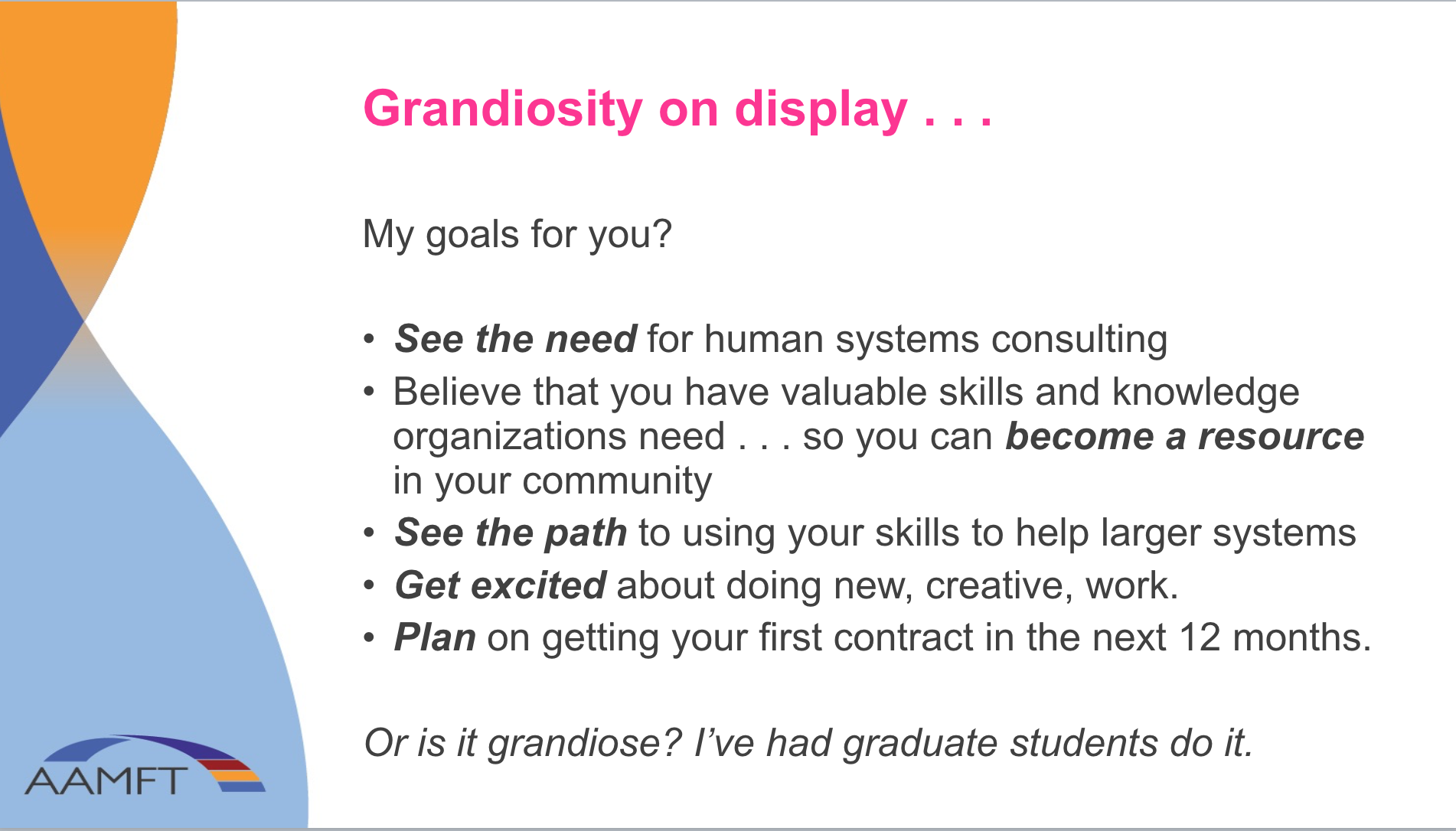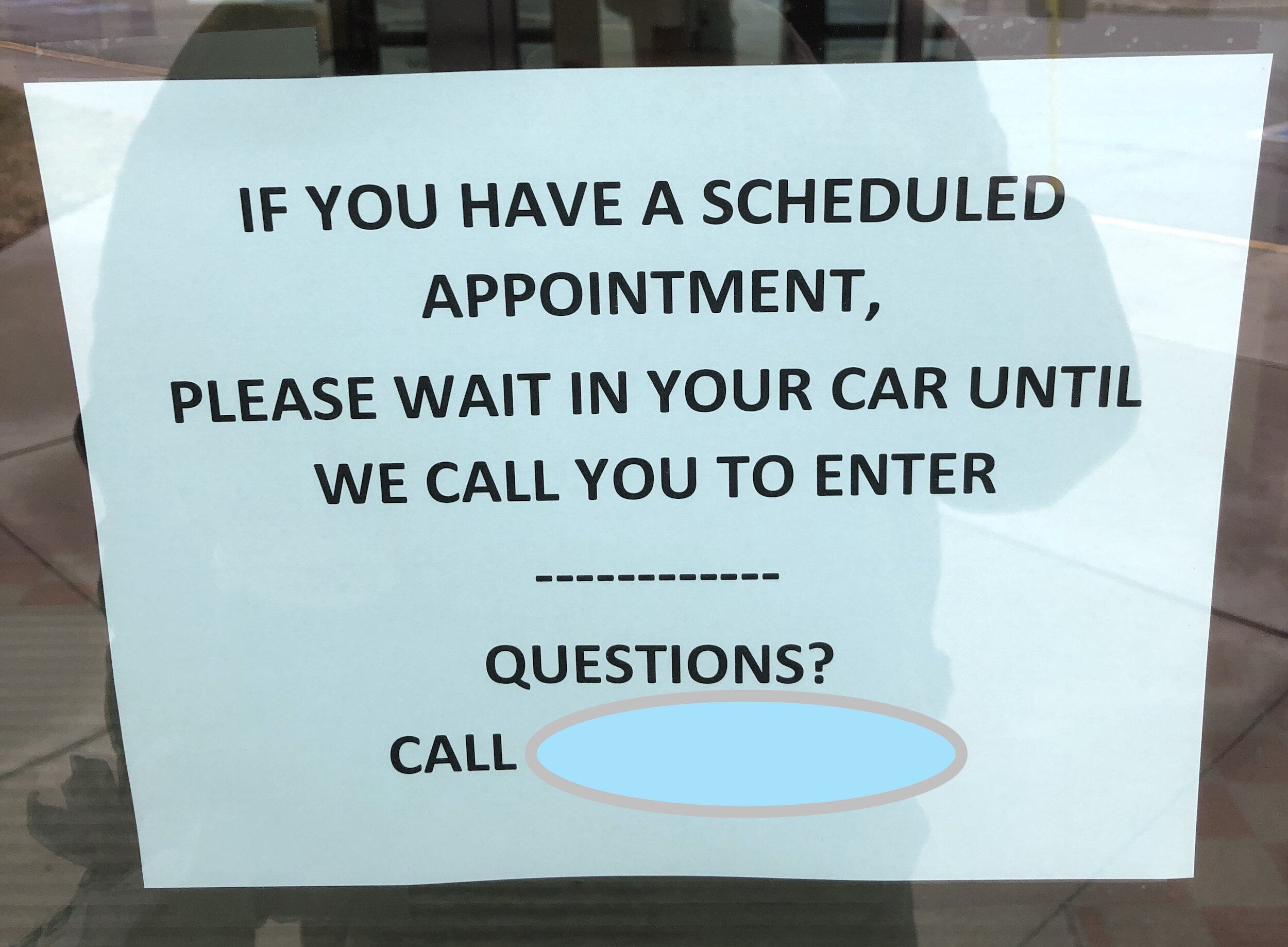Family Business: The “family code" . . . and Tips on creating a "Code of Conduct" policy.
". . . the code is more what you'd call 'guidelines' than actual rules." Captain Hector Barbossa, to Elizabeth Swann who tries to invoke the rules to her purposes. Pirates of the Caribbean
"So, what'll happen next?" I asked the daughter of the owners.
"Mom and Dad won't talk to us. There will be no invitations to their house. They won't come to a few of our kids events. They may not see it this way, maybe they just feel hurt, but it will feel like they're punishing us."
"How does it end?" I asked.
"Oh, after a couple of months they'll call about some issue. They'll pretend that nothing ever happened. But everyone knows it's just a matter of time till it happens again. It's a pattern. I guess it's 'just what we do.'"
The Code is the Code. It’s often “unwritten” . . . but powerful.
This family has a code of conduct. It is unwritten, not “discussable,” but clearly set by patterns of interactions over years. It has not, at least yet, undermined the family itself, but has a powerful impact on the family, the interpersonal relationships, and also on the family business. Employees feel it. They know when the family is avoiding one another. They know what issues not to bring up.
Families have different styles of communication and approaches to conflict resolution. Most styles are stable--but not necessarily conducive to growth--a few styles are not stable or sustainable. These patterns of family communication and conflict management are, most often, instinctual and learned--not structured, planned or chosen. Families do what "feels right," carry on the patterns they experienced in their own families, or react against what they experienced--trying to do something different. The results are often mixed.
The Psychology Behind the Code?
While most manage to "put things behind them" for the sake of the family Few people are aware of the psychology that influences their actions--yet, their family members may be keenly aware of the effects. Fear of rejection or failure? Nope. Afraid of isolation or lack of inclusion? No way. Unrealistic expectations or too much self-sacrificing? Not a problem. Ego tied up in being "in charge" and in control? No, just driven to succeed. But the effects are real and, again, they are often keenly felt within the family dynamics.
Helping the Family: Creating a Written Family Code
One small, proactive, step family businesses can take to minimize some of the risk to family members is to make expectations concrete. The process or discussing, writing, and adopting, a family "Code of Conduct" brings to surface the "best intentions" of the family, creates an "expected minimum" for family members, and establishes a structure for the family to return to when issues arise. It provides the extra benefits of modeling good leadership and can help you deal with difficult family members as well (not that you have any in your family!)
Why many will avoid creating a Family Code of Conduct.
One of the biggest hurdles to getting families to write a code of conduct is the belief that "things are fine the way they are." Maybe. But too often this "status quo option" is the view of one or two family members, not the thinking of family itself, nor in their best interests. It can be a denial of the "unwritten" code of conduct that already exists--"Everyone better do what Dad tells them to do," for example, and resistance to a transparent move toward change and growth.
A second reason it is avoided is the fear that it will surface some to the underlying tensions or problems in the family. Often there is an unspoken agreement to "let sleeping dogs lie"--fearing that approaching the issues will make things worse. Well, the truth is it can. Families with underlying tensions, often experience more tension, and even conflict in the short-term; some are even harmed in the process as they try to address issues on their own or even with consultants poorly prepared to use skills, training, resources, or knowledge to help the families successfully circumnavigate the potential dangers.
However, for families that can effectively function, even through difficult and stressful circumstances, the discussion and adoption of written policies of family conduct is often very helpful in promoting communication, decision making, and avoiding future conflict.
What to Include?
What should be included? That depends. The developmental stage of the family business will greatly impact what is addressed in this policy.
The needs of the "one controlling partnership" of a "Mom and Pop" just starting to incorporate their second generation into the business is dramatically different that the "cousin consortium" that encloses a complex group of families, owners, and business involvement within the family.
However a few key points are helpful to keep in mind.
First, you need to establish the purpose or goal of the policy. Why are we creating this? It should address a general philosophy of the family's view of the business and language about the importance of the family, the business, and the separation of work and family
Second, you need to establish who this policy is for and consequently what should be addressed. If you are staring to think about adding the kids to the business it might only need to address employment, professional development, loans, remuneration, and other basics. If it is addressing a large complex family it might need to address the issues already noted but also expanded to address other topics such as the use of the family office, stock ownership, or many other issues as well.
Third, like it or not, the code of conduct has to address the issue of "what happens" if someone breaks the code. How will issues be addressed? Who will be included in trying to remedy any issues? Who will have the final "say" about actions taken?
Newer family businesses are less likely to feel the "need" for a written policy. However, by ignoring this, they only "kick the can down the road" and miss out on an opportunity to learn and grow, so that, later they have knowledge and experience to address more complex issues. So, don't delay! Protect your family proactively and don't fall victim to crisis planning at a time when the pressure will make it more difficult and potentially less successful.
Free eBook: Family Legacy: Protecting family in family business..




































































